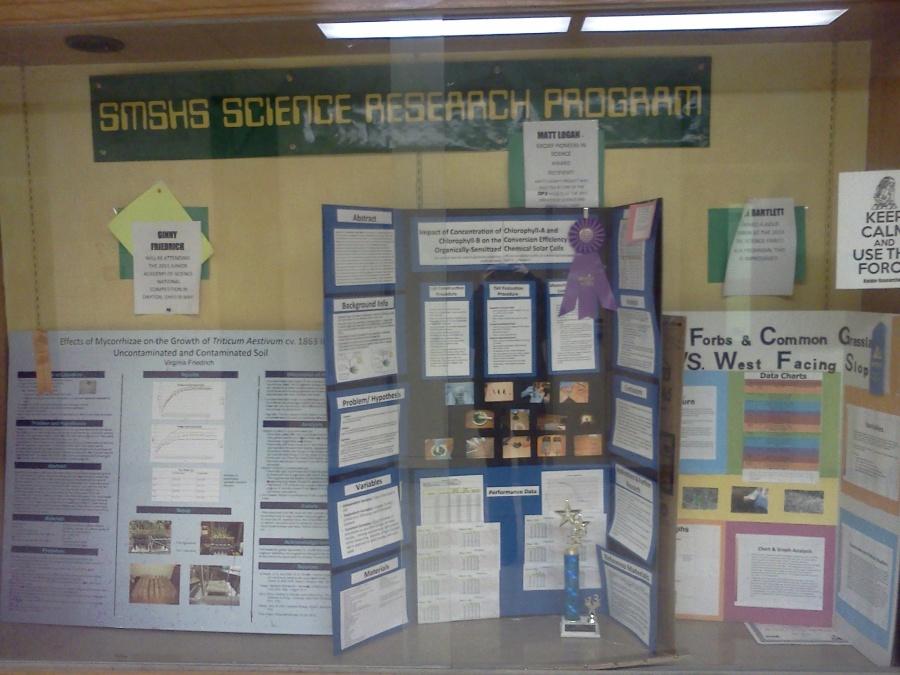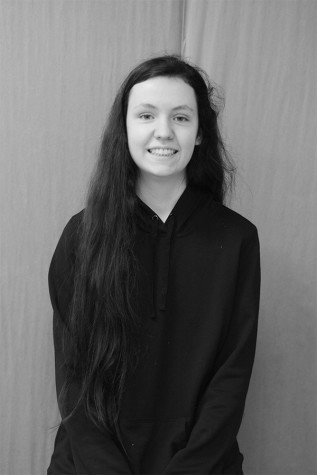Science Olympiad Update
High School and Middle School teams prepare for first competition of the season.
November 14, 2014
For the past 31 years, Science Olympiad has existed as a sort of academic track meet that has brought science education to a new level. This year, South’s Science Olympiad team is eagerly preparing to compete for a chance at another state title.
Science Olympiad competitions consist of 23 different team event. Each school team may consist of up to 15 members who learn to work well together towards a common goal.
“Right now we probably have seven or eight. But we’re still expanding, we’re still recruiting.” Arthur Wells, South’s Science Olympiad team sponsor said. South’s team typically does manage to recruit enough members to compete in most competitions.
“We would usually have someone in every competition, and there are really two types of competition,” Kurt Hodge, a team sponsor in previous years said.
Different competitions include test taking on subjects such as rocks, minerals, and fossils, as well as physics, biology, anatomy, and a chemistry lab. The Science Olympiad also holds competitions in forensics, in which students are presented with an investigation they must perform.
Many students involved in Science Olympiad are interested in engineering, so a number of competitions involve building.
“A big one the last year that I did it was students had to build a tower, and you wanted it to be so tall but yet you lost points if it weighed a lot so it had to have a really small mass but then it also had to hold a bunch of weight,” Hodge said. A container of sand it added to these structures to test how many pounds of weight each team’s building can hold.
“Another one that we did was we had a helicopter and the goal was to see how long the helicopter could fly,” Hodge said.
Nearly 300 regional and state tournaments around the country lead up to the national competition, which is held at a different university each year. There are almost 7,000 teams across all fifty states.
“We’re just getting ready to start, our first competition will be this Saturday. We are hosting Southland which has middle school and high school Science Olympiad teams. This will be like the 25th or 26th year that we’ve had Southland so we’ll kind of find out where we’re at after we compete there,” Wells said.
There are numerous benefits for students who perform well at Science Olympiad competitions: competing students may win scholarships (about $3 million have been awarded throughout the last 31 years), are gained access to complex equipment and technology, and may win a number of medals and trophies.
“Our main competition will be in February. We’ll try to do some other stuff between now and then. That’s the regional and that’s how you qualify to go to state, and doing that, that’s how you qualify to go to nationals,” Wells said.
The team is still accepting members and hopes to do well at their first competition Saturday, November 15.


